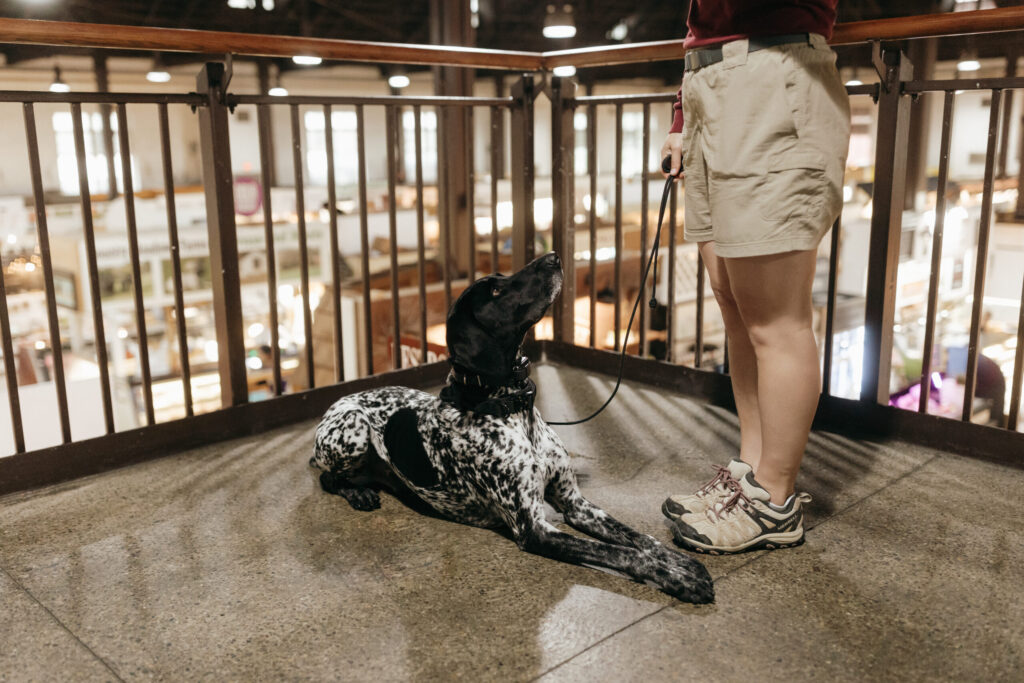What is Dog Reactivity?
One of the most common issues clients come to Magnus K9 is because the dog has some sort of negative reactivity and it’s caused too much of an issue that can no longer be ignored by the owners. Reactivity, like aggression, is like a cavity where the top is exposed but the pain really lies in the nerve, well below the surface. That’s what’s so challenging about reactivity: often we cannot immediately determine exactly what is causing it and why the dog is responding in that manner. The American Kennel Club has a great definition of reactivity where they say it’s basically a dog responding to “normal” occurrences with heightened, less than warranted responses. The why can be fear, stress, anxiety, excitement, frustration, the list goes on and on. It’s important to distinguish that all dogs can have “reactive” behaviors that are normal and to not over generalize that just because your dog doesn’t like a very certain situation, she is “reactive”. Here’s an example. My dog Onyx is neutral around dogs that aren’t up in his face. He can walk by a yapping dog on a leash and not look their way and when he sees a dog during an outing, he has no desire to interact that way. If a dog comes right into his bubble, he will react with a growl or a snap. I used to call Onyx “dog reactive” but then my mentor challenged me to think about if Onyx is being unreasonable that he doesn’t appreciate dogs who have no boundaries who can be as pushy as they want. “Would you like a complete stranger to come up in your face and ask you how much money you make? That’s basically what dogs with no boundaries are doing.” This begs the question, what is a normal and acceptable response in your household? That’s why customized training is so important because my neighbors in Colorado thought it was perfectly acceptable for their golden retriever to be left outside all day, barking and parkour-ing off of their fence any time a person or dog walked by. They didn’t think that was reactive behavior, whereas I did. Working with a trained professional to get to the route of the cavity (dog’s reactivity) is a long-term approach that is the only way you can cleanse the dog of the underlying issue. If a trainer ever suggests something instant and heavy-handed to fix reactivity, it might be time to consider a new dog trainer



